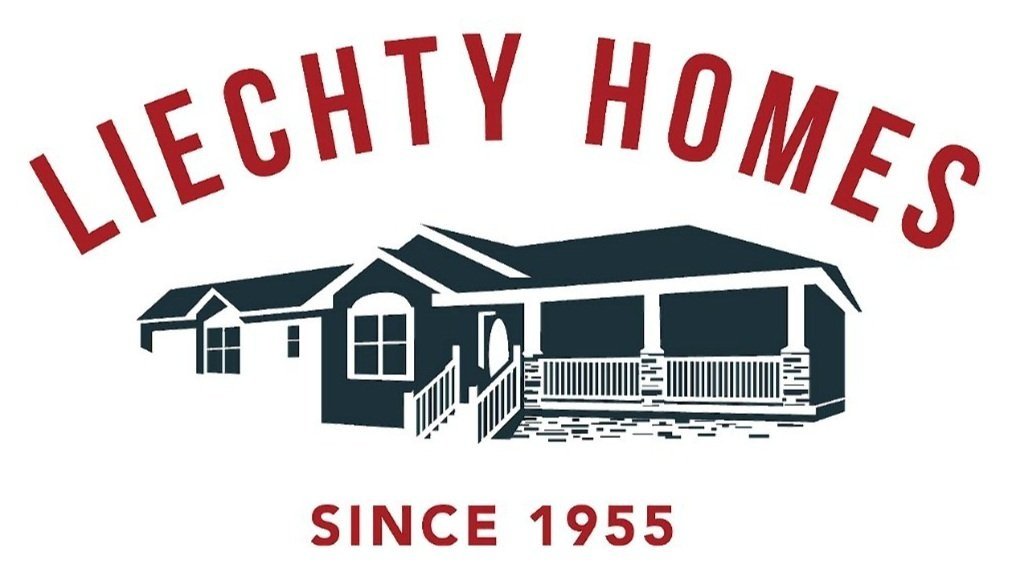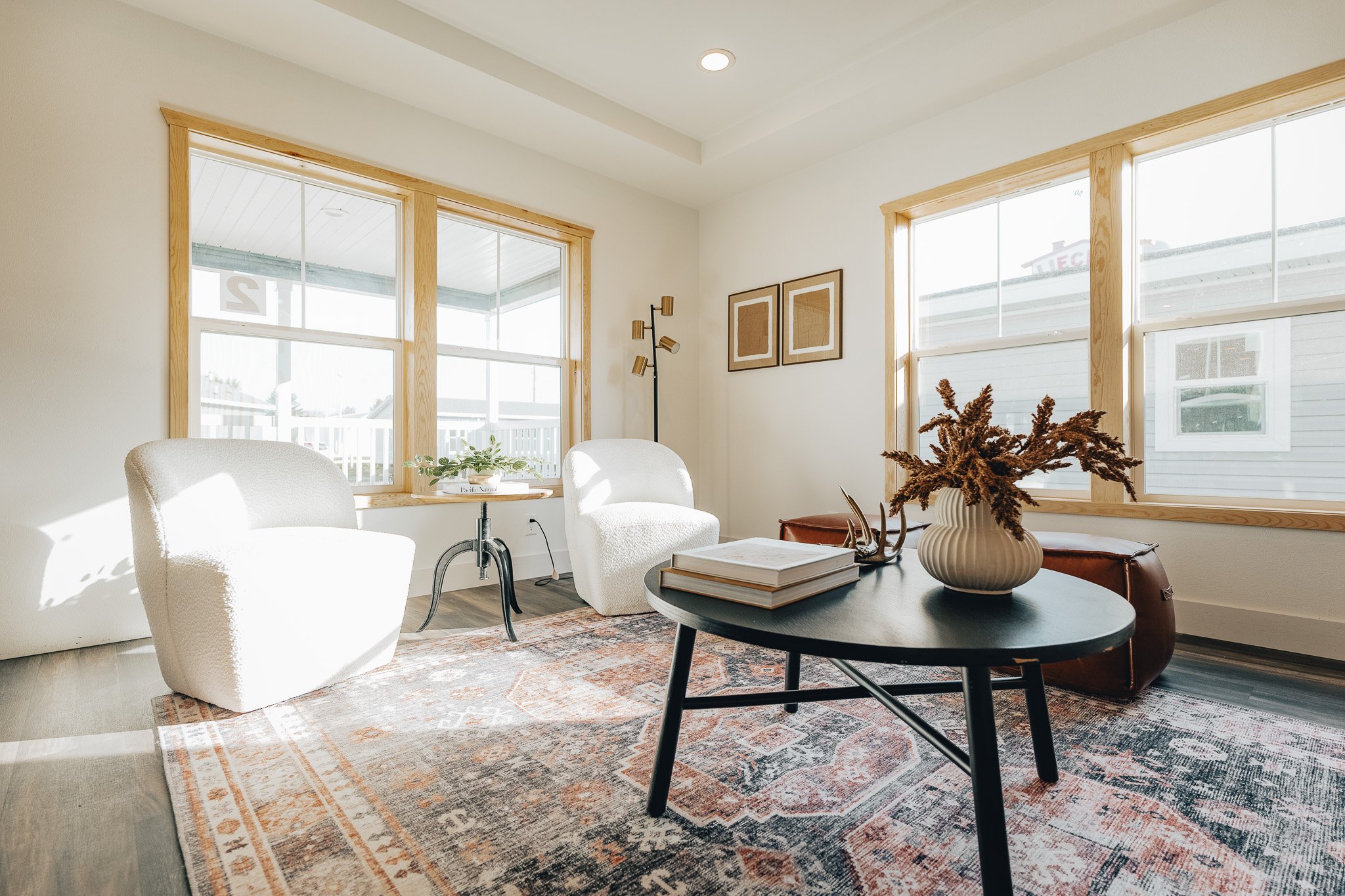What Are Manufactured Homes?
What Are Manufactured Homes? Understanding Today's Factory-Built Housing
Manufactured homes are a prominent choice in today's housing market, representing a significant evolution from older "mobile homes." These modern dwellings are built almost entirely in a factory under controlled conditions, adhering to strict federal standards. This process ensures quality and affordability. Understanding manufactured homes means looking at their construction codes, materials, and how they differ from other homes, like modular ones. Crucially, "manufactured homes" refers to homes built on or after June 15, 1976, under the U.S. Department of Housing and Urban Development (HUD) Code. This national standard ensures consistent design, construction, safety, durability, and energy efficiency across the country.
Defining Modern Manufactured Homes
Manufactured homes are factory-built housing units constructed according to the federal HUD Code, effective since June 15, 1976 (Source: HUD User, NHA). This national code ensures uniform quality and safety standards nationwide, preempting local codes for the home's construction itself. A key feature is the permanent, non-removable steel chassis integral to the home's structure, facilitating transportation. Available in single or multi-section designs (like "singlewides" or "doublewides"), each section bears a red HUD certification label, distinguishing them from pre-1976 mobile homes which were built to different standards. This federal oversight guarantees consistent construction integrity whether the home is sited in North Dakota, Minnesota, or South Dakota.
What Materials Are Typically Used to Construct Manufactured Homes?
Modern manufactured homes use materials similar to those in traditional site-built houses, ensuring durability and energy performance (Source: MHVillager, Clayton Homes). The factory setting allows for precision and cost-effective bulk material purchasing. Construction starts with a strong steel chassis. Floors typically use wood composite or plywood decking on insulated floor joists. Walls are framed with wood studs (e.g., 2x4" or 2x6"), insulated, and finished with drywall or paneling, and various exterior sidings like vinyl or fiber cement. Roofs, made with engineered trusses, are covered with standard materials like asphalt shingles or metal, and include insulation and vapor barriers. Plumbing (PVC or PEX) and electrical systems meet HUD Code requirements, and features like double-pane windows, cabinetry, and flooring are often customizable with quality materials.
Manufactured Homes vs. Modular Homes: Understanding the Key Differences
While both are factory-built, manufactured and modular homes have crucial differences, mainly in building codes and foundation systems (Source: HUD User, Clayton Homes, FEMA, Excelsior Homes).
Building Codes:
Manufactured Homes: Built to the national HUD Code, ensuring a uniform standard across all states. They receive a red HUD certification label.
Modular Homes: Built to state, local, and regional building codes (often the International Residential Code - IRC), the same as site-built homes. They receive state-specific certification seals.
Frame and Foundation:
Manufactured Homes: Built on an integral, permanent steel chassis that remains with the home. They can be placed on various foundation types (piers, slabs, basements).
Modular Homes: Transported on carriers (usually returned to the factory) and designed for placement on a permanent foundation (crawl space, basement), becoming essentially indistinguishable from site-built homes. They do not typically retain an integrated steel chassis once sited.
Relocation Potential:
Manufactured Homes: The chassis means they can potentially be relocated by specialized contractors, though it's not always simple.
Modular Homes: Designed as permanent structures; not intended to be moved once assembled on their foundation.
Design Flexibility:
Manufactured Homes: Offer many plans and customizations within HUD Code parameters.
Modular Homes: Often allow greater design complexity and architectural modifications, similar to site-built homes, including multi-story designs.
Both housing types offer factory-built precision. The choice often depends on specific needs regarding codes, foundation preferences, design goals, and long-term property plans. Liechty Homes can guide you through these options in the Upper Midwest.


